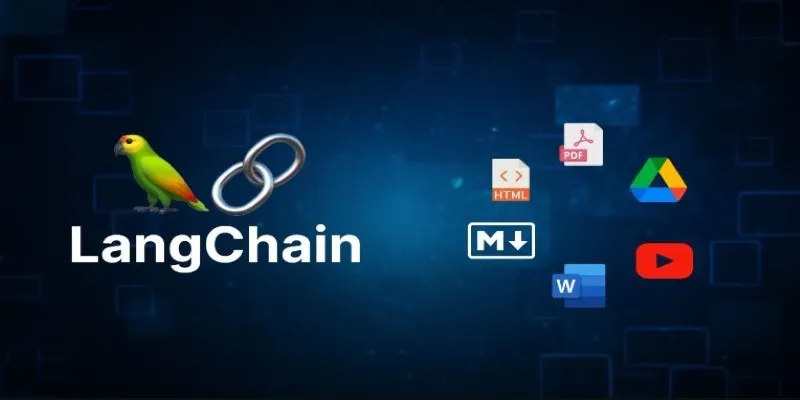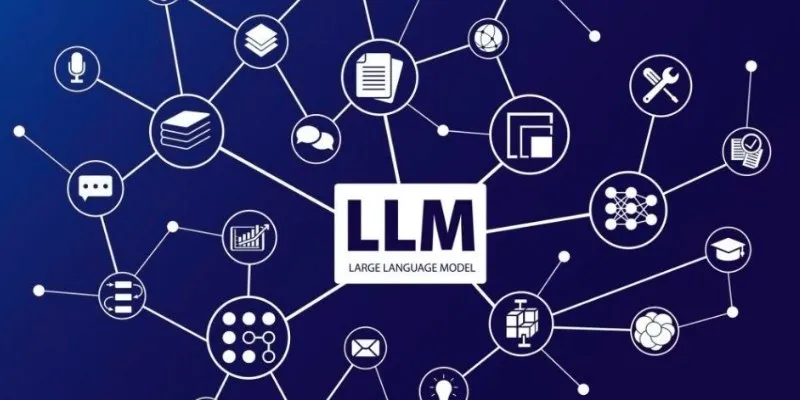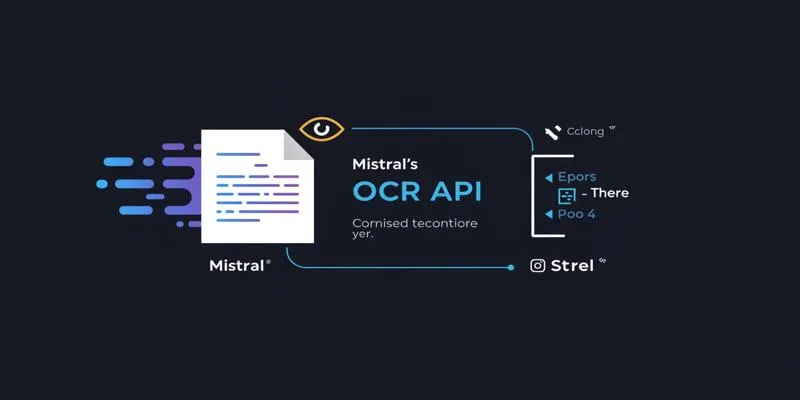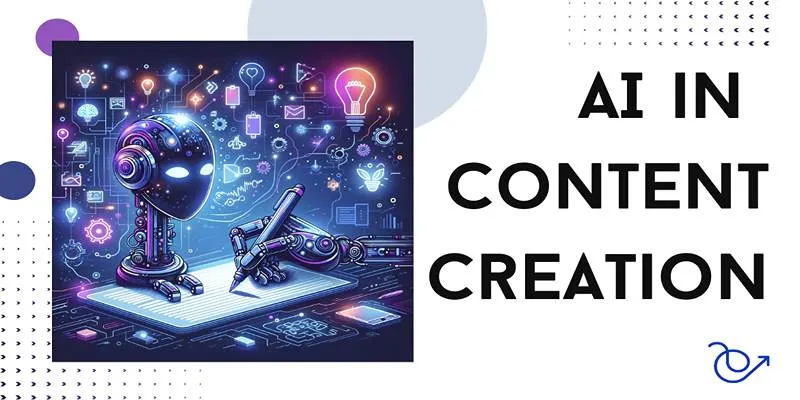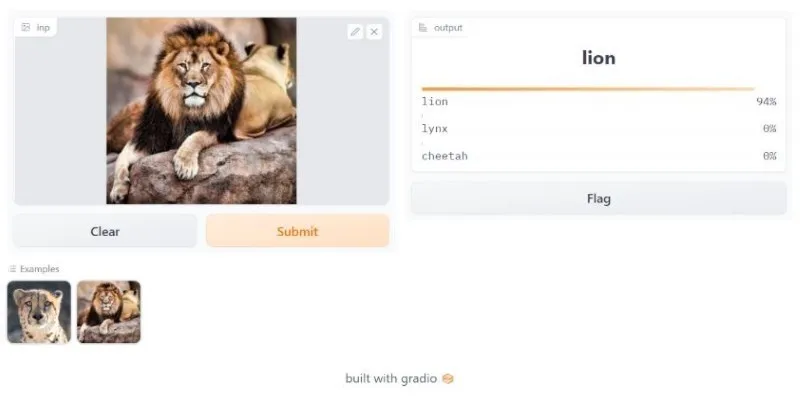Integrating data into large language models (LLMs) is more than just uploading a document; it’s a structured process. Langchain Document Loaders streamline this by extracting clean, usable text from PDFs, HTML, markdown files, and more, converting chaotic real-world content into a format LLMs can process. These loaders remove noise, preserve critical metadata, and prepare content for embedding, chunking, and querying.
Without them, you’d face the tedious task of manually cleaning files or developing custom parsers for each new data source. If your project involves retrieval, summarization, or document Q&A, these loaders are the silent backbone, ensuring everything functions smoothly.
What Exactly Are Langchain Document Loaders?
Langchain Document Loaders are modular components crafted to ingest and parse documents from various formats and platforms into a structure comprehensible by LLMs. These aren’t mere file readers—they’re engineered for content transformation. When you provide a file or connect to a source (like Notion, Google Drive, or a web page), the loader extracts the relevant text, eliminates noise, and outputs structured content as a Document object.
The core of each Document Loader is its content handling capability. The Document object typically includes not just the main text but also metadata like source filename, timestamps, or author information. This metadata is vital when your AI system needs to reference or organize information contextually. For instance, in a retrieval-augmented generation (RAG) system, knowing a sentence’s origin can be as crucial as the sentence itself.
Langchain stands out due to its variety and extensibility. It offers built-in loaders for common formats like PDF, CSV, and DOCX and connectors to APIs like Slack, Confluence, and Airtable. If you require additional functionality, you can create your own loader by subclassing Langchain’s base classes.
How Document Loaders Fit into the Langchain Pipeline?
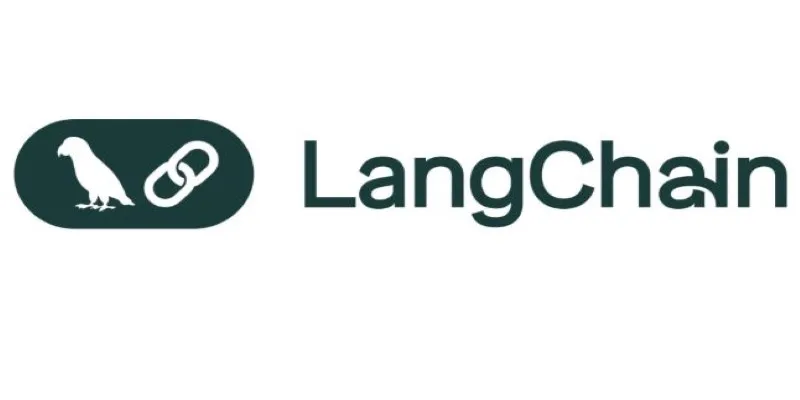
Langchain Document Loaders are the first critical step in a structured LLM pipeline. They convert raw content from various sources—PDFs, web pages, markdown files, cloud drives—into a format the system can process. This content flows through a chain:
Content Source → Document Loader → Text Splitter → Embedding → Vector Store → Retrieval & QA.
The loader’s role is to fetch and clean the data. A text splitter then breaks it into digestible chunks, transformed into vector embeddings—mathematical formats for semantic content comparison. These embeddings are stored in a vector database. When a user submits a question, the system retrieves the most relevant chunks from the database and sends them to the language model for a response.
A faulty loader can disrupt this chain. If the parsed text contains broken formatting or missing metadata, the model might hallucinate or provide off- topic answers, emphasizing the necessity of loader reliability.
Langchain also supports modular, chainable pipelines. A loader can pull content from Dropbox, pass it to a cleaning function to strip HTML, and then forward it directly into a vector store. This flexibility makes Langchain ideal for scaling real-world, document-centric AI workflows.
Types of Document Loaders Available in Langchain
Langchain provides a wide range of Document Loaders tailored for diverse sources and formats, enabling developers to build AI pipelines suited for real-world data challenges. Core file-based loaders include TextLoader, PDFMinerLoader, UnstructuredPDFLoader, and CSVLoader, each designed to handle different file structures.
PDFs, for example, are often complex, with multi-column layouts, images, and footnotes. Langchain addresses this with loaders that use OCR or native PDF parsing, allowing developers to choose between speed and extraction accuracy.
For web content, WebBaseLoader simplifies the process by extracting clean text from URLs. API-based loaders like NotionDBLoader, SlackLoader, and ConfluenceLoader facilitate the extraction of structured data from collaborative platforms.
Langchain also supports cloud-based ingestion. Loaders such as GoogleDriveLoader and S3DirectoryLoader allow processing of large document volumes stored in cloud drives, ideal for bulk data use cases like legal records or academic archives.
Importantly, Langchain’s framework is built for extension. Developers can create custom loaders by extending BaseLoader or BaseBlobLoader, tailoring behavior to unique file formats or private APIs. This flexibility ensures that Langchain Document Loaders can handle any source, making them indispensable in document-centric LLM applications.
Why Langchain Document Loaders Matter for Real-world Applications?
Langchain Document Loaders are crucial in real-world AI applications, bridging the gap between messy, unstructured data and the structured input needed by large language models. Most valuable documents—like scanned contracts, forwarded emails, blogs with embedded code, or multilingual transcripts—are rarely clean. Langchain Loaders manage this complexity by parsing and structuring content in a way LLMs can understand.

For instance, if you’re developing a customer support assistant that extracts information from Markdown wikis or exported HTML pages, Langchain loaders can isolate the relevant sections. In research tools, they handle scientific papers with equations, citations, and footnotes. This precision makes them indispensable in high-value, document-heavy workflows.
A significant advantage is metadata integration. Each parsed document includes context like its origin or timestamp, supporting traceability—a critical feature for applications in healthcare, finance, or legal fields. Loaders also save valuable development time. Instead of writing custom extraction code for each new data source, teams can configure a prebuilt loader or extend one as needed.
As LLMs demand higher-quality input for reliable performance, Langchain Document Loaders serve as the first and most crucial filter, ensuring everything downstream is built on solid, well-prepared data.
Conclusion
Langchain Document Loaders are essential for preparing raw, unstructured content for language models. By converting diverse file formats into clean, structured data, they simplify building accurate and reliable AI systems. Whether dealing with PDFs, websites, or cloud-based sources, these loaders eliminate the need for manual preprocessing and enable faster, scalable development. They are the critical first step in any LLM pipeline, ensuring your model always begins with quality input.
 zfn9
zfn9
